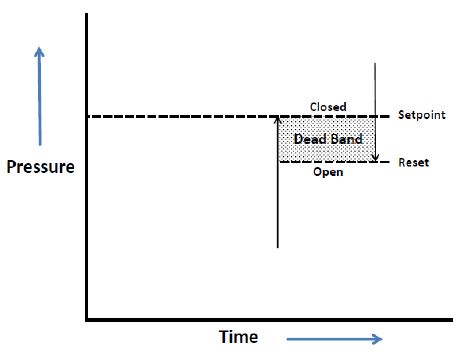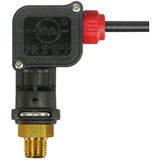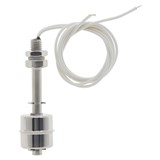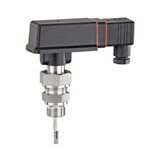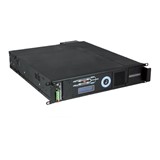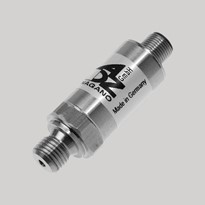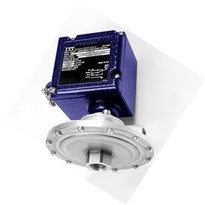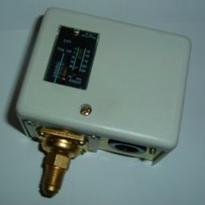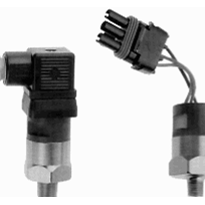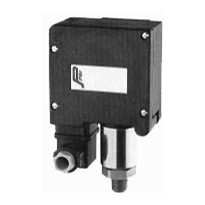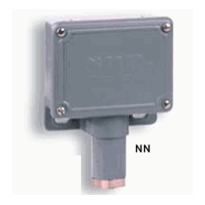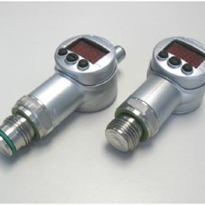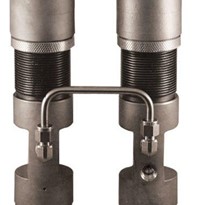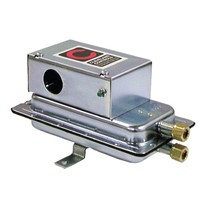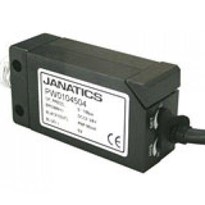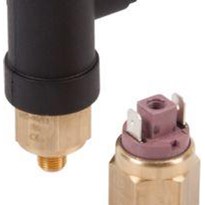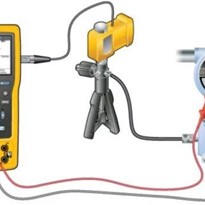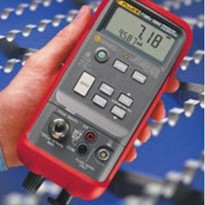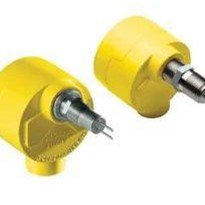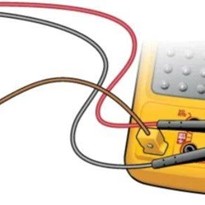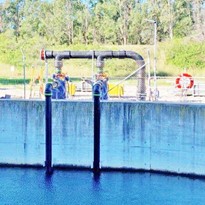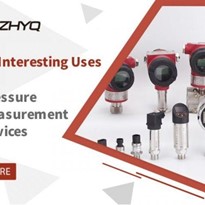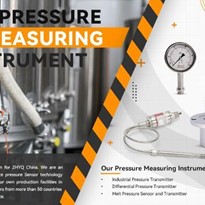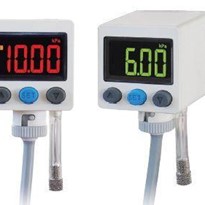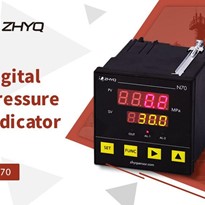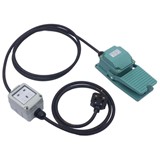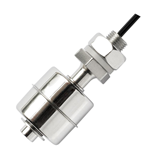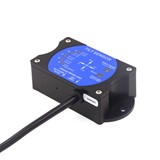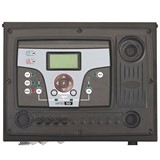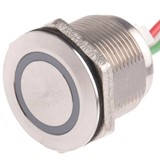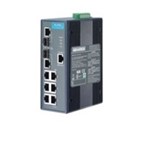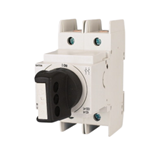A pressure switch is a form of sensor that closes or opens an electrical contact when a certain pressure has been obtained either through a pressure rise or a pressure drop.
Pressure switches are used to monitor, control, or provide a caution or warning for a pressure related process. The repeatability, accuracy, and functionality of a pressure switch often tie directly into the safety or efficiency of a process and thus it becomes important that pressure switches are verified and calibrated to ensure their proper function in the process.
Pressure switches are commonly used in the process industry for a wide range of applications. A pressure switch is a form of sensor that closes or opens an electrical contact when a certain pressure has been obtained either through a pressure rise or a pressure drop.
Pressure switches are used to monitor, control, or provide a caution or warning for a pressure related process.
The repeatability, accuracy, and functionality of a pressure switch often tie directly into the safety or efficiency of a process and thus it becomes important that pressure switches are verified and calibrated to ensure their proper function in the process.
Calibrating or verifying a pressure switch
There are several terms that describe the function of a switch which need to be understood when testing a pressure switch:
Set point: The pressure which the switch will change state.
Normal State: The state of the switch when at barometric pressure (typically it would be either OPEN or CLOSED).
Reset: The pressure at which the switch resets back to the normal state.
Tolerance: The allowable variation from the set point pressure.
Repeatability: The closeness of agreement between the results of consecutive measurements.
Dead Band: The pressure difference between the change-of-states (i.e. OPEN-CLOSE or CLOSE-OPEN).
Trip Type: This is the direction to which the change-of state should happen. If the trip type is low, this means the change-of-state happens when the pressure is falling.
If the trip type is high, this means the change-of-state happens when the pressure is rising.
Read the complete white paper "Calibrating a Pressure Switch"


